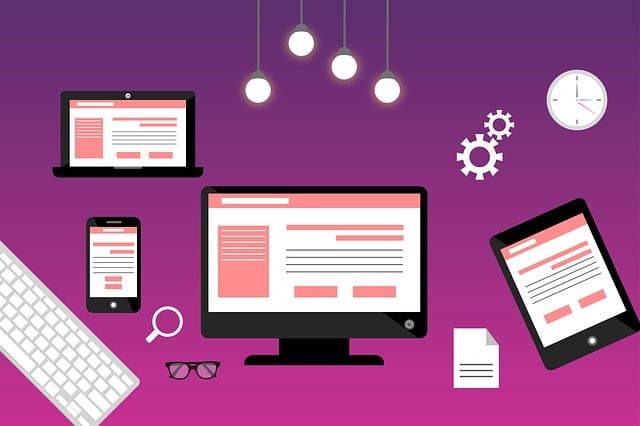Prioritizing Your Testing Efforts – What’s the best way to test when time is limited?
Contact Center Testing

DROP US A LINE
Connect with CloudCX
Ready to take the first step towards unlocking opportunities, realizing goals, and embracing innovation? We're here and eager to connect.
To More Inquiry
+91 7020198969
To Send Mail




